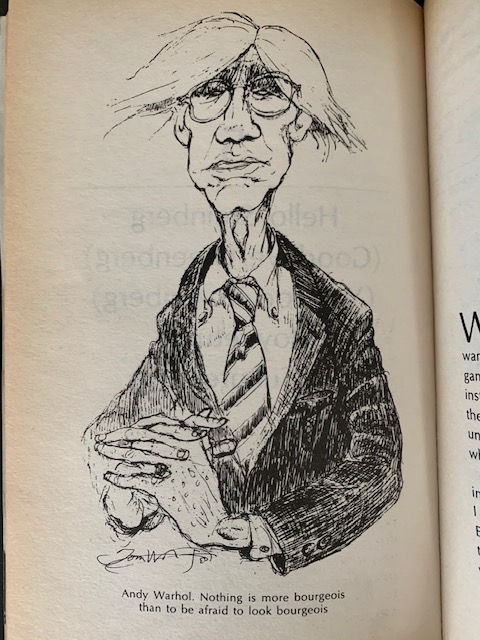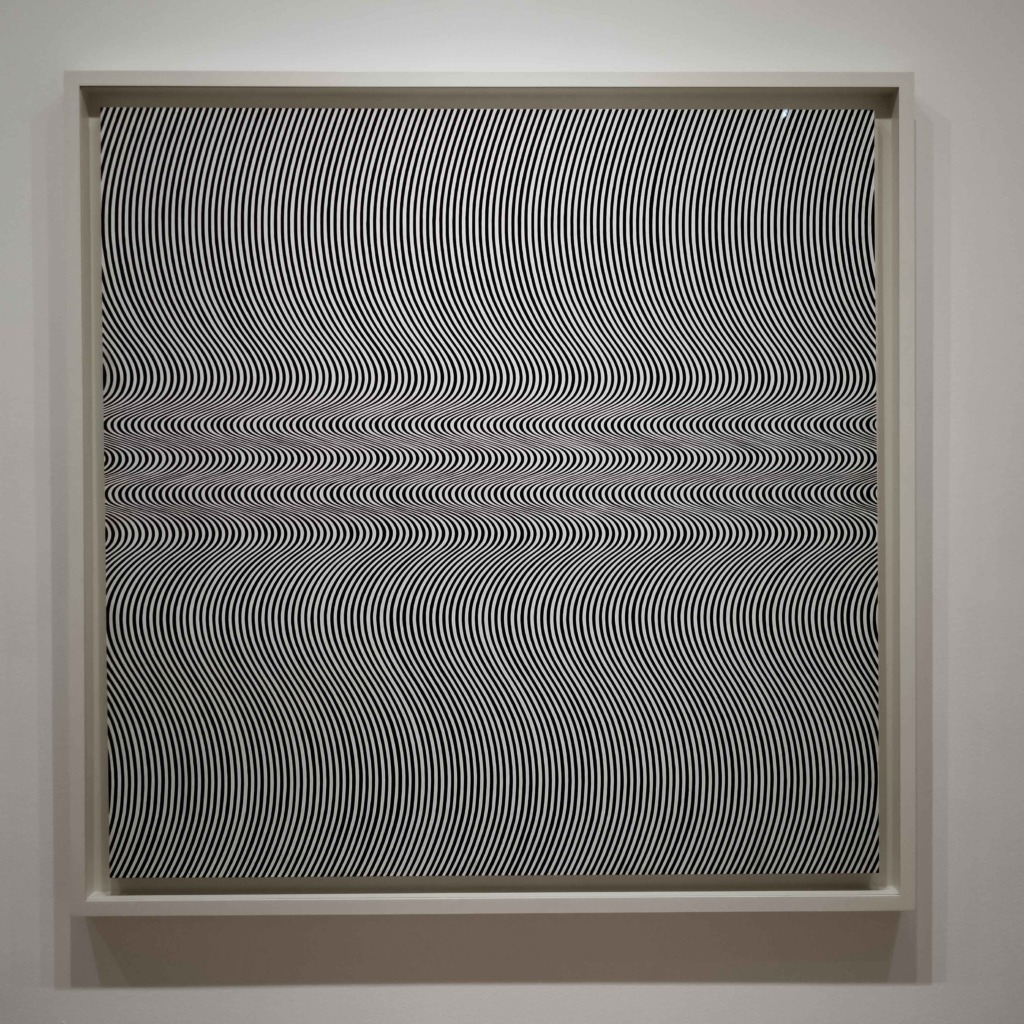I used to be a Buddhist, I already wandered towards atheism, but I settled in the Catholic region. I was an ascetic for 2 years, didn't eat meat, didn't drink, didn't smoke and didn't even listen to music. All this belief collapsed when I got sick at the gym, I had a pressure drop that made me see only white light and turn green. Had it not been for the personal trainer, perhaps the worst would have happened.
I am against the exacerbated ego, the self-title and, despite studying it, I am not a fan of the occult. I left Buddhism simply because I had to transcend some of the values, especially the lack of ambition. I've done some business, and I stopped creating others, including “The Book Club”. It was supposed to be a book club, started in Brazil and with international ambitions ... There was already Good Reads, and I didn't even get the domain, and I ended up quitting. I am also not the greatest reader.
But, perhaps out of boredom, you're reading more. I started reading “The Painted Word”, by Tom Wolfe, the same writer of “Bonfire of the Vanities” with a blog post in mind. That way, I would notice the relevant observations ...
Returning to the fascinating “The Painted Word”, the book begins with a genius tirade, which is the need for text on art, to justify art. Modern art, according to Wolfe, does not exist without a text explaining it. Text ceases to exist because of art, for art to exist because of it. The book is a satire on 20th century art circles in New York. "Modern art has become completely literary: paintings and other works exist only to illustrate the text", he prophesies.

Tom lampoons both Downtown, or Soho and New York's adjacent regions, such as Upside, and characterizes the “Apache dance”. Downtown artists live to hang out and play a real seduction game with Upside, the galleries and financial elite. In this game, the artists despise the hubbub and opulence of the elites, from the top of their bohemian lives, and await the advance of the culturati, choosing the artists of the time. As Wolfe tends to criticize elites much more, the movement of Boho Dance (1 and Consummation (2) is marked by the following phrase from Andy Warhol:

The book also chronicles incredible epics such as the sponsorship of Jackson Pollock by Peggy Guggenheim, and the day Pollock went to one of his parties, completely drunk, went into a room in the residence and left naked, to urinate at the fire in front of everyone . Pollock is one of the highlights of the book, as it fulfilled the 2 stages of Apache Dance but initially was not financially successful. Personally I found it super interesting that he sold ties painted by himself in 1943, which my grandfather, Manabu Mabe did and that led him to be attacked by a character from the soap opera “Cobras e Lagartos”… She talks about ties and tears up her canvas. But if Pollock does it in New York, instead of downtown São Paulo, it is praiseworthy, even for Tom Wolfe.
During the cubist and later abstract series of the book, another highlight is Picasso. He completed the 2 phases of the Apache dance and left 2 of his peers behind, André Derain and Georges Braque. It is evident that in Wolfe's opinion, Picasso was not artistically superior to 2, but rather more competent in performing the true mating dance that he proposes to exist in the world of the arts, in his book.
Starting from Picasso, Wolfe talks about the critics and how the theory of Art became important afterwards. Steinberg would later propose the theory of flatness or flatness. In it, the paintings must be incorporated into the media, the canvas, with no centimeter of ink remaining above them. It was in force for a long time and John Jasper and Jackson Pollock were its exponents. I found it very interesting because it resembles Lygia Clark, and one of Jasper's first main themes was flags. And look what I did a few months ago, for the cover of my personal Facebook, it is not a flag:


I'm only over 50 years old. After flatness, Pop Art emerged. Because people didn't really like modern or abstract art, nor did they buy, or if they bought, they didn't necessarily like it. And as soon as they had the opportunity, they were converted to that movement, whose exponent was Warhol and Roy Lichtenstein. They did not fit as realistic because Roy's love and war comics and Warhol's soup cans were commonplace symbols of American culture. The symbolic reference drained the realism of the works. Pop-art, claims Tom, had numerous literary references and, secretly, the culturati he returned to appreciate realism.
Tom ends the book with the rise of minimalist art, which appeared full of theorization and was based on effects and optical illusions.

smallcurio from Austin, TX / CC BY (https://creativecommons.org/licenses/by/2.0)
Cubists, realists and impressionists represented on their screens the impressions of the illusions they saw; modern abstractionists made their paintings truly autonomous objects; the minimalistists completed the cycle making their works a piece of pure perception.
The conclusion at the end is that text and theorization came to prevail in art, hence the book's title, The Painted Word.
A more modern interpretation of what Tom Wolfe prophesied and experienced is represented in "The Square - The art of discord"movie Rubem Ostlund, a comedy that criticizes the dichotomy between the works of the Swedish modern art museum and the reality outside it. The art in the film is portrayed several times, hindering communication between the characters. It also brings several ideas about the limits that art and artists and participants must have.
That’s it for today, Tom Wolfe’s books are worth reading, again, he’s more famous for Vanity Bonfire, the books are very well written but for those who do not have much patience to read, there is the film.

Responses